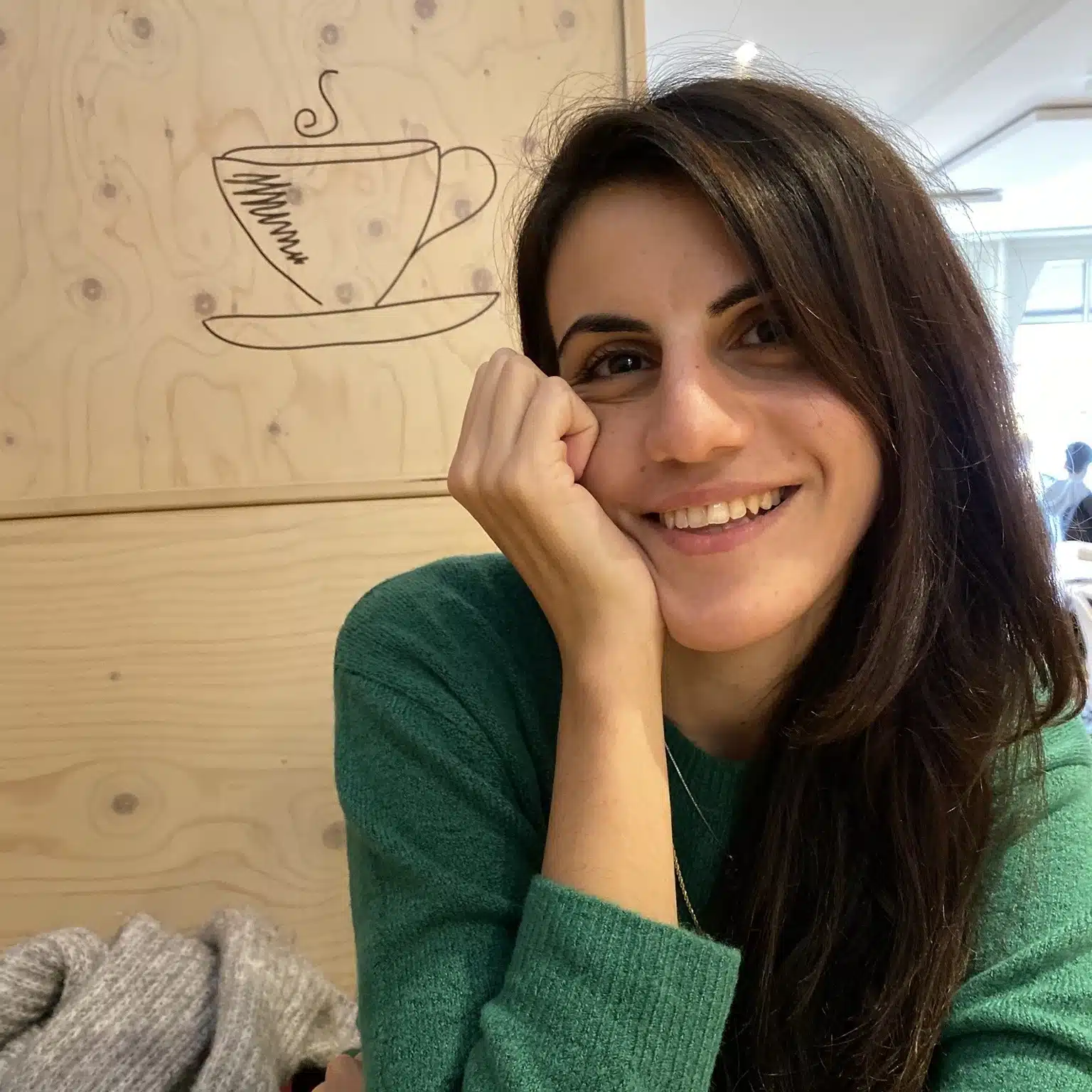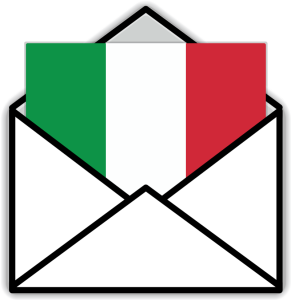Bel or Bello? Quel or Quello?
Everyone knows that quello means “that” and bello means “beautiful” or “nice.”
If you’ve been learning Italian for a while, you may have noticed that sometimes bello and quello appear in different forms.
In fact, it’s not uncommon for bello to become bel, begli, or bei, and for quello to become quel, quegli, or quei.
Many students are unsure about the difference between bel and bello in Italian, or between quel and quello. Their usage is simpler than you might think, and I’ll explain why in the following sections.
Bello, bel, bei, begli
What is the difference between bello and bel/begli/bei?
When bello is placed before a masculine noun, its ending changes in the same way as definite articles (il, l’, gli, i).
In other words, the root of the adjective (be-) merges with the definite articles that would normally precede the noun, resulting in the following variations:
| Form | Definite Article | Example Phrase | Translation |
|---|---|---|---|
| Bel | il | Un bel libro | A beautiful book |
| Bel | il | Un bel fiore | A beautiful flower |
| Bei | i | I bei libri | The beautiful books |
| Bei | i | I bei fiori | The beautiful flowers |
| Begli | gli | I begli occhi | The beautiful eyes |
| Begli | gli | I begli uomini | The handsome men |
If the adjective bello follows the noun or the verb essere, it doesn’t follow the above rule. Instead, it changes its ending just like a regular adjective.
- Questa casa è bella – This house is beautiful.
- Queste case sono belle – These houses are beautiful.
- Quest’uomo è bello – This guy is handsome.
- Questi uomini sono belli – These guys are handsome.

Test Your Italian
Not sure what your Italian level is? I’ve created a free online Italian test to help you determine it.Quello, quel, quei, quegli
When does quello change its form and become quello/quel/ quei/quegli?
The rule for bello applies to quello too.
If quello is positioned before a noun (and so it is used as an adjective), its spelling changes by merging its root with the definite articles (il, lo, la, i, gli, le) that would normally precede the noun, as in the following examples.
| Form | Definite Article | Example Phrase | Translation |
|---|---|---|---|
| Quel | il | Quel libro | That book |
| Quel | il | Quel fiore | That flower |
| Quei | i | Quei libri | Those books |
| Quei | i | Quei fiori | Those flowers |
| Quegli | gli | Quegli occhi | Those eyes |
| Quegli | gli | Quegli uomini | Those men |
The variations above are possible only when quello is used as an adjective.
If quello is used as a pronoun instead of an adjective, the changes reflect only the gender and the number of the subject.
- Quello è il mio gatto – That one is my cat.
- Quelle sono le mie amiche – Those are my girlfriends.
Buono, buon, buon’
What is the difference between buon and buono?
The same rule that applies to bello and quello also applies to the adjective buono. Its form changes depending on the gender and the first letter of the noun it modifies.
- Use buon before masculine singular nouns starting with most consonants or vowels.
- Un buon libro – A good book.
- Un buon amico – A good friend.
- Use buono before masculine singular nouns starting with s + consonant, z, ps, or gn.
- Un buono studente – A good student.
- Un buono zaino – A good backpack.
- Use buona before feminine singular nouns starting with a consonant.
- Una buona idea – A good idea.
- Use buon’ before feminine singular nouns starting with a vowel.
- A good friend (feminine).







